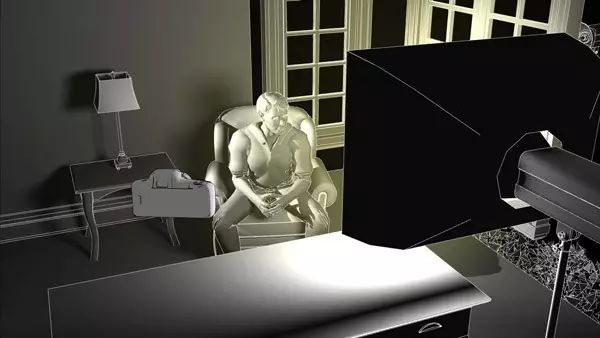Image elements are divided into:
- Light
- Color
- Tone
- Lines
Table of Contents
Light
Photography is mainly based on the color temperature and intensity of light to control the picture. Incorporate personal emotions into photos through the angle of light. When selecting and processing light, it is necessary to consider the influence of the environment around the subject on the light and shadow structure of the screen. Natural light cannot be controlled, but it can be adjusted by blocking, reflecting and other methods. Artificial light can be controlled. We can control the styling effect at will and make it change.
According to the characteristics of light, it is divided into: direct light, scattered light and reflected light.
Direct Light
In clear weather, sunlight directly hits the subject without any occlusion, the subject will have a bright tone on the light-receiving side, and the non-light-receiving side will form obvious shadows. This kind of light is called Direct light.
Under direct light, the light-receiving surface and the non-glossy surface will have a very obvious brightness contrast, so it is easy to produce a three-dimensional effect.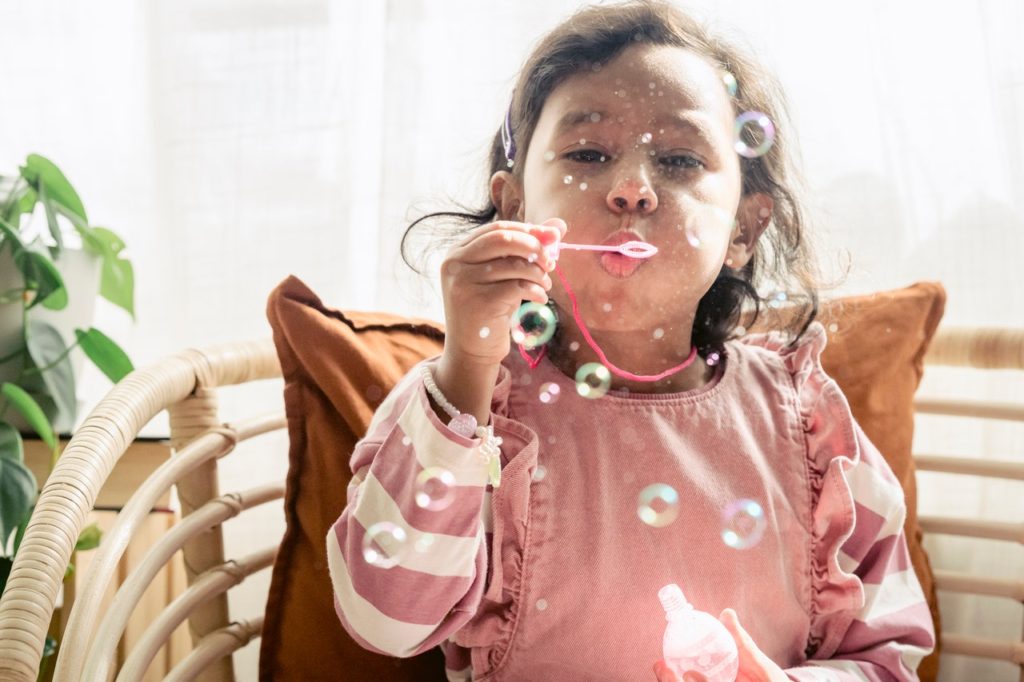
Taking pictures in direct sunlight is a very dangerous thing. This kind of light is too strong, it will bring dazzling highlights and dark shadows, and it will also make the subject’s eyes unable to open. Taking pictures under such light is not only a torture, but the effect is also unsatisfactory.
Scattered Light
When sunlight is blocked by clouds or other objects and cannot directly illuminate the subject, but can only illuminate the subject through an intermediate medium, the light will have a scattering effect. This type of light is called scattered light.
Because the light-receiving surface and shadow surface formed by scattered light are not obvious, and the contrast between light and dark is weak, the resulting picture effect is relatively flat and soft.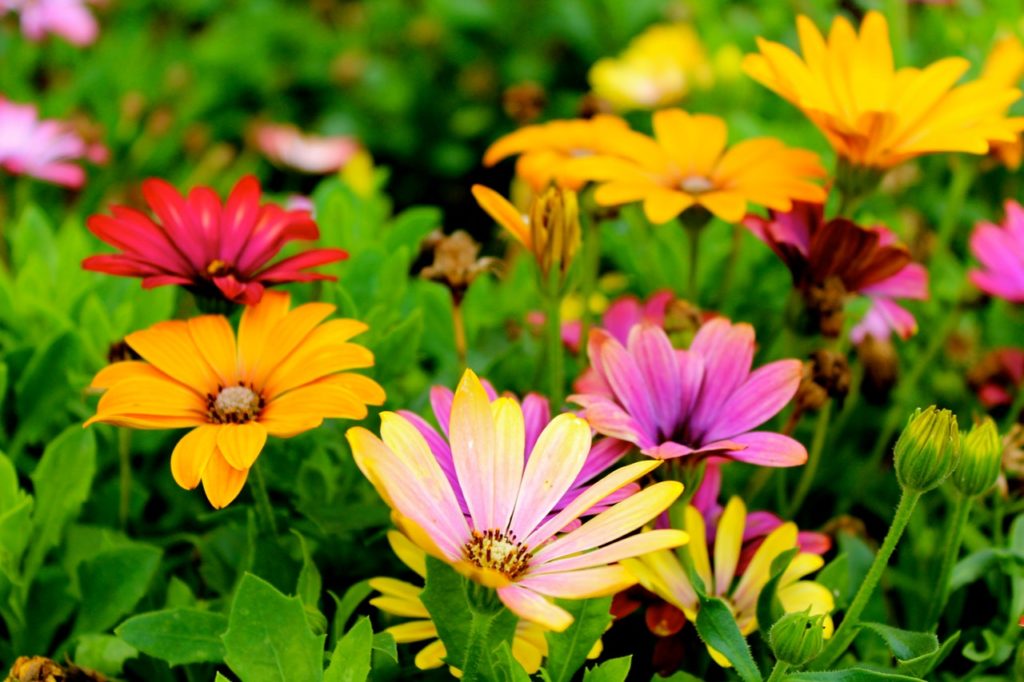
Reflected Light
Reflected light refers to the light emitted by the light source, which does not directly illuminate the subject, but first illuminates the object with a certain reflective ability, and then illuminates the subject by the reflected light of the reflector.
The lighting properties of the reflected light are affected by the surface texture of the reflector.
The light reflected by a smooth mirror-reflective object has the property of direct light, while the light reflected by a rough reflective object has the property of scattered light.
In ordinary photography, the most commonly used reflective tools are reflectors and umbrellas.
Different light irradiating directions produce different effects. According to the illumination direction, it can be divided into: forward light, oblique side light, side light, side backlight, top light, and bottom light.
Direction of Light
(1) forward light
Forward light is the most common light irradiation condition, and the direction of forward light is the same as the camera’s twisting direction.
In actual shooting, the use of forward light is higher.
Due to the direct projection of the light, the forward light is uniformly illuminated, with fewer shadows, and can conceal the unevenness of the subject’s surface, making the subject’s image more clear.
However, forward light is difficult to express the sensitive level and line structure of the subject, which easily leads to a flat picture.
(2) Oblique side light
Oblique side light means that there is an angle difference of about 45 degrees between the shooting angle of the photographer and the irradiating direction of the light.
Oblique side light has been widely used in landscape photography and architectural photography.
When shooting with oblique side light, the shadow of the object will appear in the photo, which is helpful to increase the three-dimensional effect of the picture.
(3) Side light
Sidelight means that the angle of light irradiation and the shooting direction of the photographer are basically at a 90 degree angle.
Sidelights are mainly used in photography creation to express strong contrasts between light and dark or to show the widening shape of objects in shooting scenes.
When using side light to shoot human subjects, it often produces the effect of yin and yang face. At this time, you can consider using reflective objects such as reflectors to fill up the dark areas of the face to reduce the contrast of light and dark on the face.
When expressing individual characters or declining men’s masculinity, the photo shooter often uses side light.
(4) Backlight
Under backlight conditions, the shooting direction of the photographer is completely opposite to the direction of light irradiation. The effect of photos taken under backlight conditions is completely opposite to that under forward light conditions.
When backlit, there will be a great contrast between the subject and the background.
Since the light source is behind the subject, the light source will draw a bright caster line on the edge of the subject.
Some subjects, such as flowers, leaves, etc., will be penetrated by the light when backlit, making them more beautiful and moving.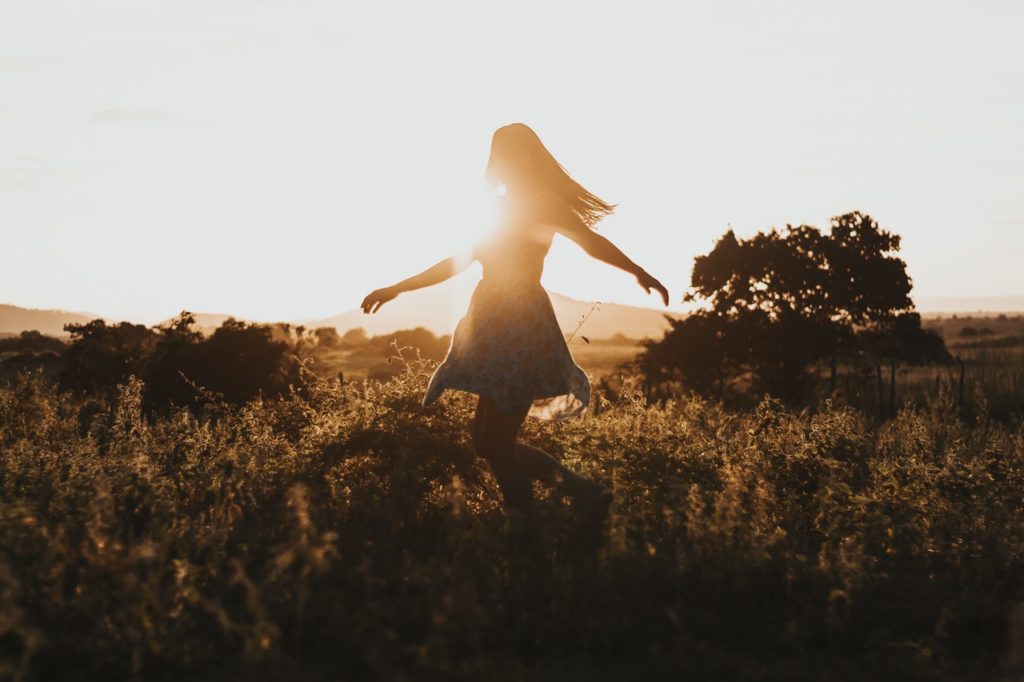
But it should be noted that when shooting against the light, it is best to use blackout leather to avoid glare. At the same time, if the subject is not filled with light, the effect of silhouette is likely to appear. at this time. Photographers use the camera’s spot metering method to side-light the subject, so that it is often easy to get a dark background.
(5) Side backlight
There is a 45 degree deviation between the side backlight and the direction of the backlight.
Compared with backlighting, side backlighting can bring a more obvious three-dimensional object and easier control of shooting angles and methods.
Since the side backlight does not need to look directly at the light source, the photographer can more easily avoid the appearance of glare. At the same time, the exposure control under side backlighting is easier than backlighting.
(6) Top light
Top light refers to the light that forms a 90-degree angle with the camera from the top of the head.
Top light is difficult to make photos show perfect light and shadow effects.
When shooting landscape themes, the top light is more suitable to express the relatively flat surface of the scene.
If the top light is used properly, it can also bring saturated colors, uniform light and shadow distribution and Fenggong’s picture details to the picture.
(7) Bottom light
Light that illuminates people or scenery from below.
The front light is called the front bottom light. This kind of modeling light forms a bottom-up projection, producing an abnormal shape. It is often used to express natural lighting effects such as oil lamps, table lamps, and campfires in the picture. Or it can be used as a modeling tool to portray special characters, special emotions, and render special atmospheres. It can also be used as a retouching light for the face.
The back light is called back light. This light illuminates the hair of a person, especially a woman’s long hair or the details of a scene, to modify and beautify it. It is often used as an effect light in studio shooting.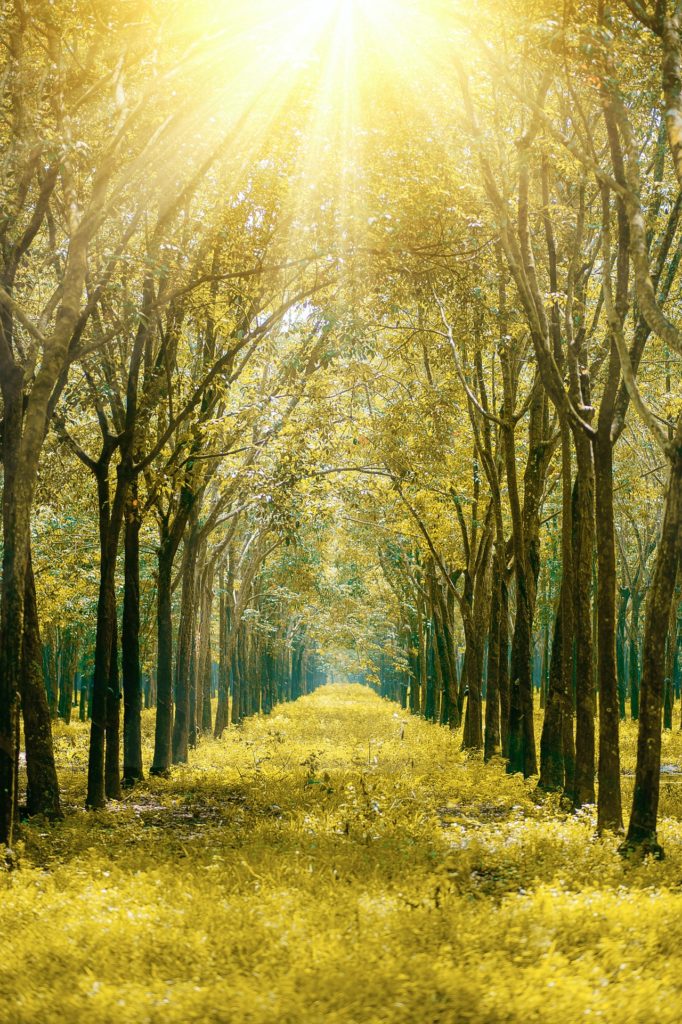
Colors in Photography
Color composition starts from people’s perception of color and psychological effects, and uses certain color rules to combine and form the interrelationship between elements, thereby creating a new and ideal color and shadow effect.
In the process of photography, the use of different colors can make the picture present different moving effects. The presentation of this kind of color can not only be accomplished by the color of the subject itself, but the photographer can also use certain shooting techniques to achieve a certain color and shadow effect.
(1) White series
White can convey a variety of emotions to people: bright, clean, cheerful, simple, elegant, pure and so on.
It does not have the strong personality of red, nor can it arouse taste associations like orange, but it can comfort people’s hearts in the simplest way. Whether it’s alone or in combination with other colors, it also gives people unlimited reverie.
For example, the white snow in winter, no matter where it falls, can always show people a beautiful picture.
(2) Black series
Black often gives people a feeling of solemnity, mystery, or death or terror.
In the process of photography, the expression and transmission of black is often used by the photographer using certain photographic methods, such as controlling the exposure, to make the picture present an abstract sense of darkness, rather than the color presented by the subject itself.
(3) Red series
Red represents more intense emotions such as enthusiasm, unrestrainedness, joy, and progress.
Whether in movies or in ordinary life, red is a favorite color of people, and of course, photography is no exception.
Red can give people a strong visual impact, and most of the expression of this color is presented through the actual color of the subject or some kind of special effect lighting or natural light.
(4) Blue series
Blue represents calm, tranquil, deep and other meanings.
When it comes to blue, people think of blue sky, blue sea, etc.
In landscape photography, blue is often applied to the picture, and the performance of this color is usually achieved by matching other colors or objects.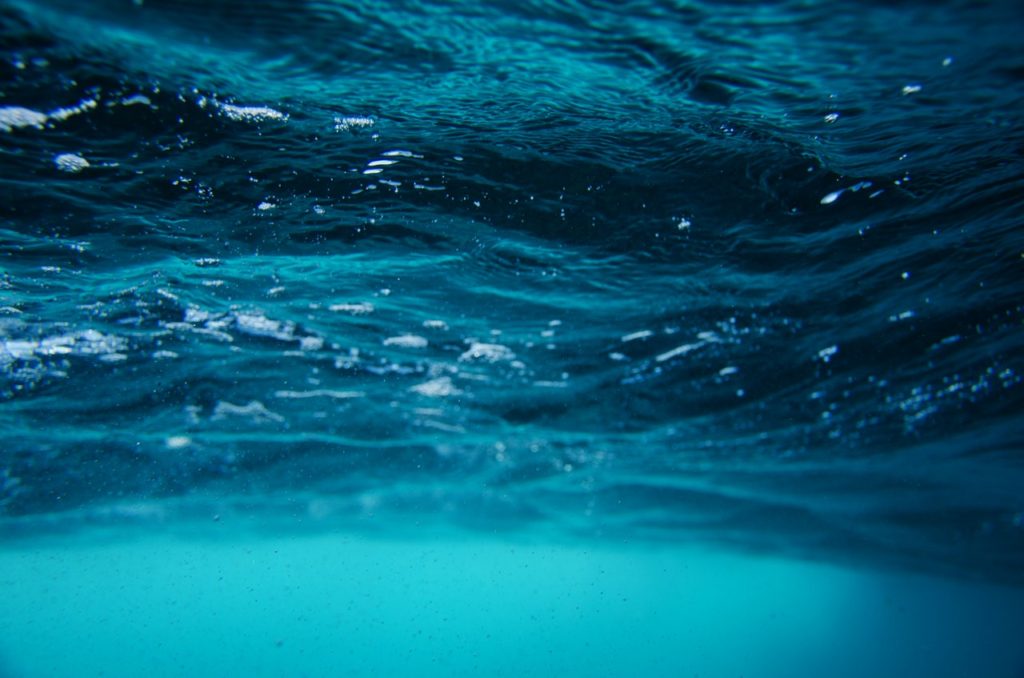
(5) Yellow series
Yellow has given people a noble and untouchable feeling since ancient times. In real life, yellow can also bring people feelings of warmth, open-mindedness, and liveliness.
The expression of yellow is the same as red, mainly from the color of the subject itself and some special environment and light effects.
(6) Green Department
Green represents a kind of vitality and vitality.
When it comes to green, people always think of green leaves, green grass and other objects with vigorous vitality.
We often find that in many photography works, green leaves are always used as a foil for red flowers, or as a background. In fact, when the green objects such as green leaves are expressed separately, it will show people another unique sense of beauty and vitality.
(7) Pink series
Pink represents sweetness, tenderness, romance and innocence, and represents tenderness and cuteness. Pure pink is like a girl’s dream.
Pink represents youth, immature, romantic, bright, tender, sexy, and good memories.
Pink is mostly used in cute and fresh shooting styles.
Tone in Photography
Red, light color, orange, etc. are called warm tone. Blue, green, etc. are called cold tone.
1. Warm Tone
If the picture is formed by most warm colors, the overall color of the picture will be red, and the tone of the picture will be warm.
Warm colors can give people a positive, lively, enthusiastic, unrestrained and warm feeling. It is mostly formed by the color of the object itself and special lighting effects.
It is suitable for showing some of the most popular, female images or documentary themes with exotic styles.
2. Cold Tone
If the picture is formed by most of the cool colors, the overall color of the picture will be blue, and the tone of the picture will be cool.
Cool colors give people a feeling of quiet, stability, peace and cold.
Its representative themes are blue sky, water surface, mountains and forests, etc.
